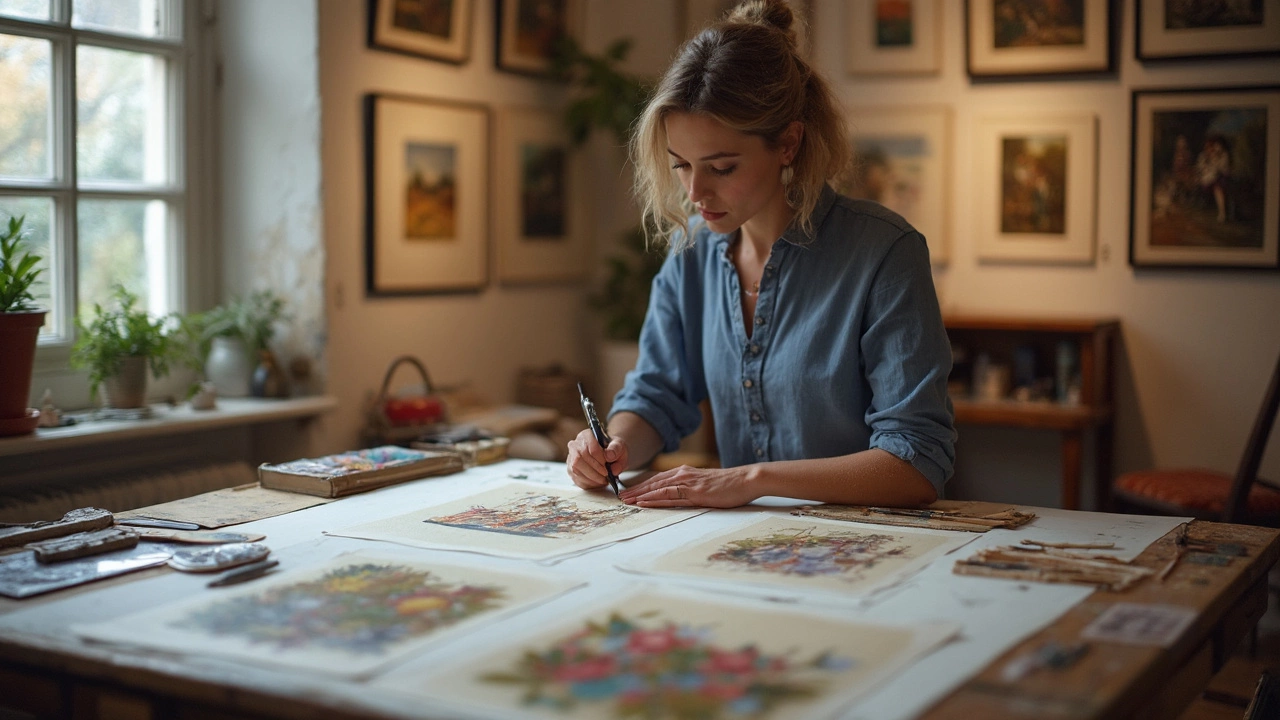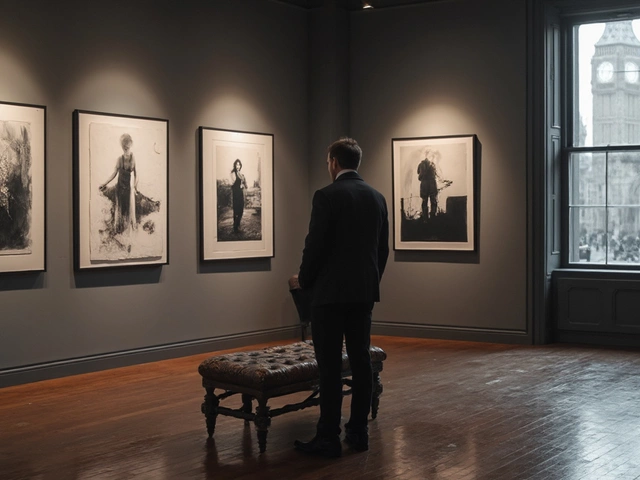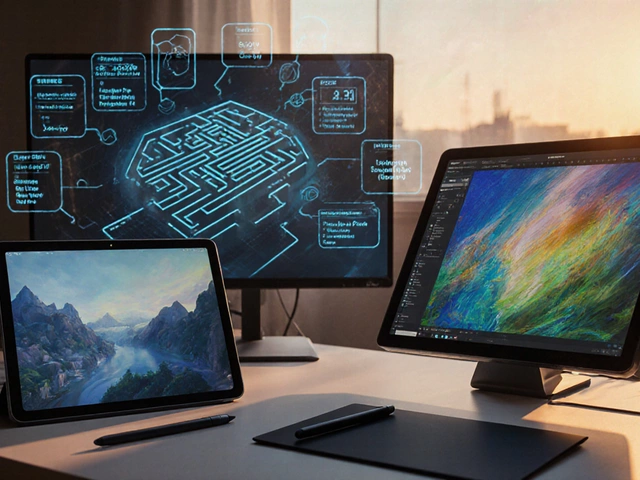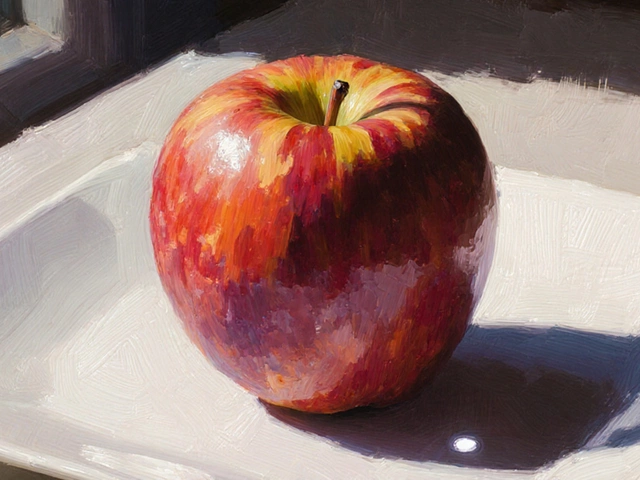Artist Proof: Understanding the Role of Proofs in Art
When working with Artist Proof, a duplicate print or artwork made for the artist, often used for quality control, personal collection, or testing. Also known as artist's proof, it provides a way to check the final output before the full run of a limited edition is produced, you’re tapping into a long‑standing practice that balances creativity and precision. Think of it as the chef’s taste‑test before the whole banquet is served – it lets the creator spot flaws, adjust colors, and ensure the piece meets their vision. The concept isn’t limited to traditional etching; modern creators use it across digital art, screen printing, and even sculptural editions.
How Artist Proofs Connect to Prints, Authentication and Exhibitions
One of the most common companions to an artist proof is the Limited Edition Print, a series of identical artworks produced in a numbered run, often signed by the creator. The proof encompasses this edition because it serves as the benchmark for quality; every print in the series should match the proof’s standards. When a collector spots a proof, they often see added value – it’s a piece the artist kept for themselves, sometimes marked “AP” or “A/P”. This rarity fuels market interest and makes the proof a prized item in resale circles.
But rarity alone isn’t enough; Art Authentication, the process of verifying an artwork’s provenance and legitimacy leans heavily on the existence of a proof. Authenticators compare the proof’s signature, paper type, or ink density with the edition prints to confirm consistency. In many cases, the proof acts as the reference point that validates the entire series, especially when disputes arise over forged copies. This relationship shows how the proof requires solid authentication practices to preserve its credibility.
The ripple effect continues into the public sphere. Galleries often showcase a proof alongside the edition during a Gallery Exhibition, a curated display where artists present their work to audiences and buyers. Featuring the proof can elevate the exhibition’s narrative by highlighting the artist’s process and providing collectors a glimpse of the “original” iteration. Curators use this link to tell a richer story: the proof represents the artist’s final approval, the edition reflects the broader reach, and the exhibition ties both to the audience’s experience. In this way, the proof influences gallery programming and marketing tactics.
Across all these contexts – from print runs to authentication labs and gallery walls – the artist proof remains a vital checkpoint. Whether you’re a budding printmaker, a seasoned collector, or a gallery professional, recognizing how proofs fit into the larger art ecosystem helps you make smarter decisions, protect value, and appreciate the craft behind each piece. Below you’ll find a curated selection of articles that dive deeper into proofs, printmaking techniques, and the business side of art, giving you practical tips and fresh perspectives to apply right away.

Art prints with signatures add value and authenticity. Discover why artists sign prints and how signatures affect their worth. Learn to spot real from fake, and understand what makes limited editions or artist proofs special. If you're a collector or just curious, this guide outlines why signatures matter and how they enhance a print's desirability.





